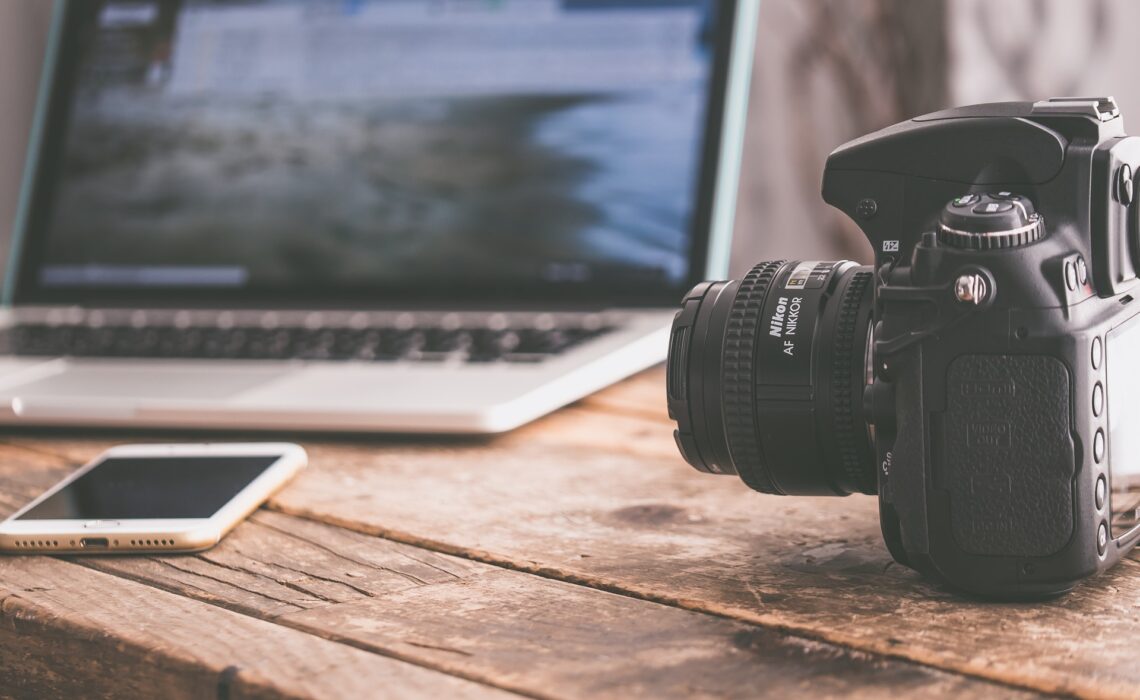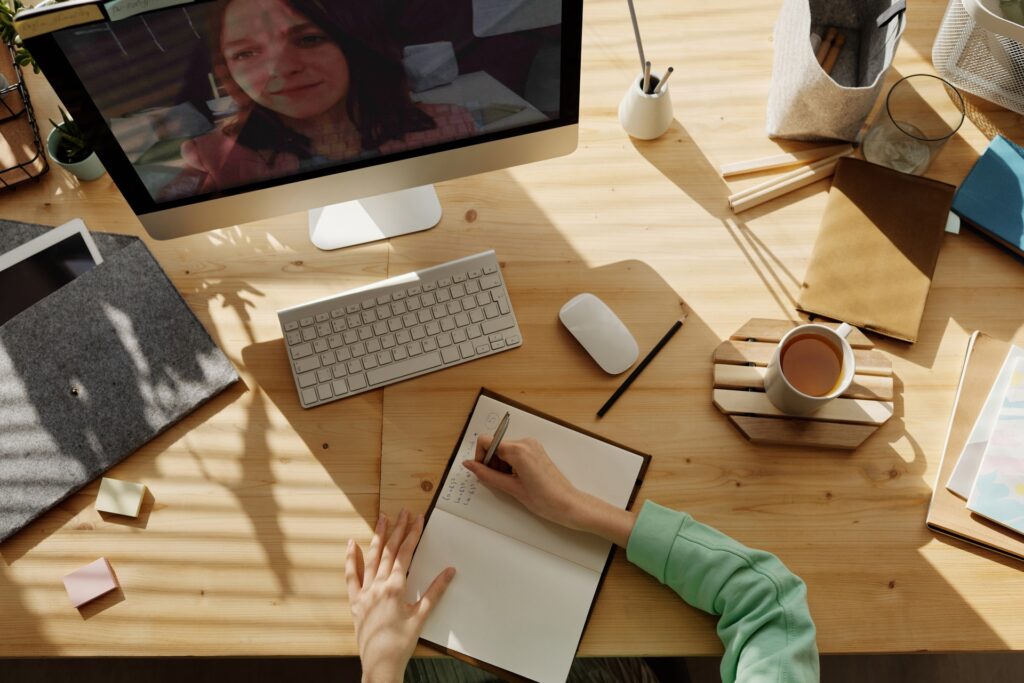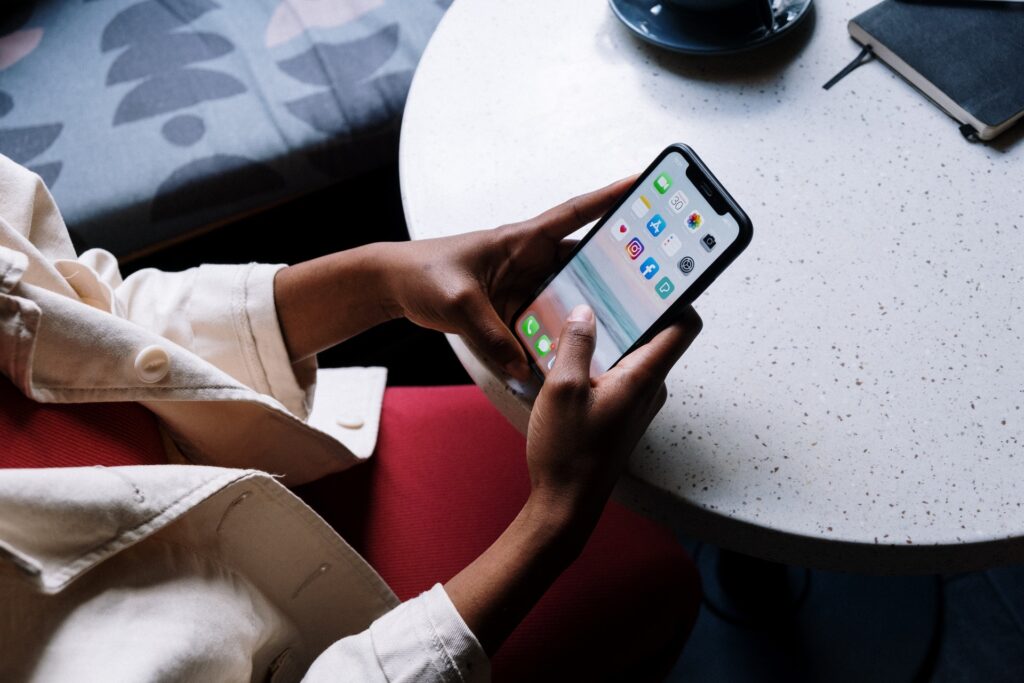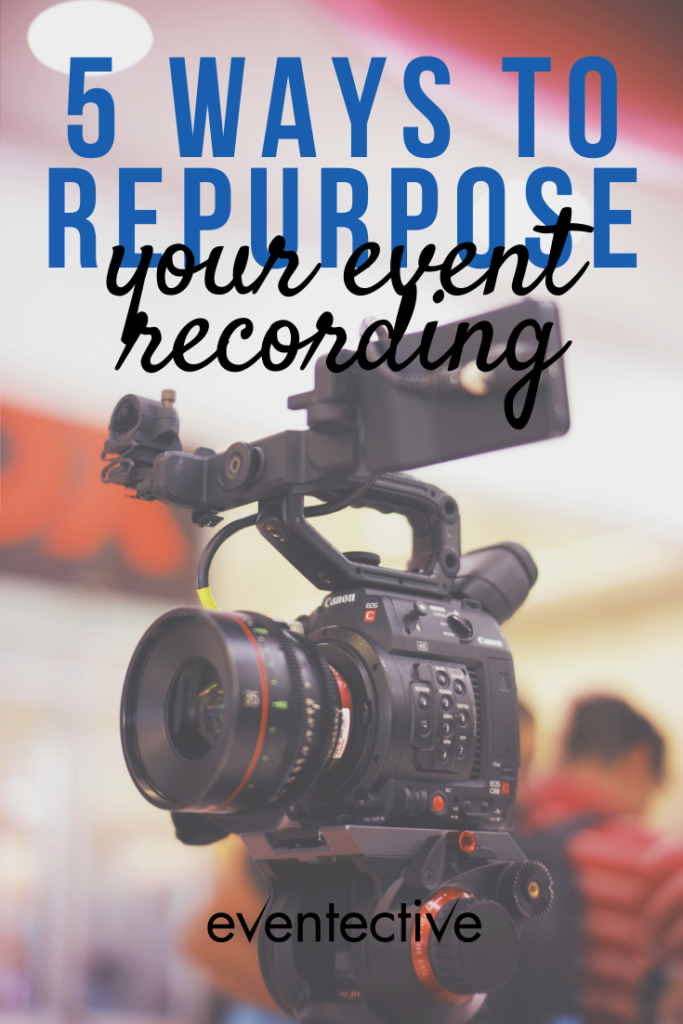
So you hosted a virtual event last week. Everything went great, the audience was engaged, and now you have this brand new recording. But what are you supposed to do with your new video? Of course, you could just save it on your company server and move on to the next event—but then you’d miss out on all the ways that you can repurpose your event recording.
Repurposing your event recording saves you time and money, which in turn, saves you energy! First it saves you time because it takes less time to write a blog post (or even five!) than it does to plan an event. Second, it saves you money for the same reason. Even if you outsource blog content or some light video editing, it’s still less time-consuming and expensive than planning a whole new event.
Plus, it makes the money that you did spend on your event go further. After all, paying $5,000 for a panel discussion is great. But what about $5,000 for a panel discussion, prospect video, five blog posts, and some social media posts? That’s a way bigger bang for your buck. Of course, someone still has to do the work—but you’ll be making those event-planning dollars go further the more you can repurpose your event recording.
#1
Allow On-Demand Replays

The first—and easiest—way to repurpose your event recording is to put it on your website. If it’s educational and/or proprietary content, then hide it behind an online form so you can get viewers’ names and email addresses before they watch. That way, attendees can re-watch what they missed (or loved!), and you can create a prospect list for your next event. If your event was just for fun, you may still consider putting it behind a form—but you don’t have to. For some event recordings, sharing it on social media is a great way to interact with your audience and get new fans.
Bonus Tip: Always send a free, form-less recording to your attendees, even if the link expires after a certain amount of time (e.g. two weeks).
For example, if you hosted a panel of five professionals who discussed current research and answered audience questions, you should capture a little bit of information from your viewers. On the other hand, a local musical performance or town hall meeting can be better used by sharing online without restrictions to increase engagement and view.
Making your recorded event public allows attendees to view the parts they missed or re-watch the important sections. But it also attracts new customer who missed the live event or may be interested in a future event.
#2
Write Blog Posts

Like we mentioned earlier, blog posts are a great way to dive deeper into important topics from your event. Not only does it give you content for your blog, but it also reaches a broader audience with SEO. (If you use the right keywords, you’ll attract the right readers!) You can do this with key points from a speech or presentation, of course, and create a blog post for each point. In each blog post, summarize the point and any relevant data and research—and then expand on it. Is there additional data? How does this impact day-to-day life? What can your readers do next?
Bonus Tip: Always link to the event recording in relevant blog post. It’ll get you more names for that prospect list!
You can do this with quotes and cited information, too. It doesn’t have to be a main point! For example, some keynote speakers don’t have points, per se. There will certainly be important and impactful wisdom in their speech—but it’s not going to break down into three clear blog topics. Instead, pull some quotes that the audience reacted to or statistics that viewers shared on social media. What can you add to that? Who else has said something similar? And do they have a book or podcast to enjoy? It might take a little creativity to get started, but your recorded event is full of blog-worthy topics!
#3
Create Social Media Images

If you hosted an online event, hopefully you were online engaging with your attendees during the event. We’re even willing to bet you promoted the event online, too, right? Well, don’t stop the online party! Repurpose your event recording to share on social media. Similar to blog posts, you can extract important points or great quotes and use them for content.
Bonus Tip: When you share your content, use any hashtags that you had associated with the event.
For social media graphics, you have two options: infographics and single images. Choosing between the two will depend on the type of event you hosted and your social media audiences. For example, if your event had three key points—you could create a single infographic summary with links to more information. But if you have a list of quotes and facts, creating separate images for each one would be more impactful.
#4
Host a Replay
Who says you have to plan a whole new event next month? You already have relevant, quality content ready to be watched. Instead of coordinating with new speakers and creating a whole new agenda—just host a re-watching party. During this replay, viewers will have access to the entire recording or relevant parts if it was a long event!

Of course, you’ll have to put a little spin on it to attract new viewers. (Or even repeat ones!) We recommend something engaging like an online discussion afterwards or interactive polls and quizzes. Ask new viewers what stands out to them, and hear from past attendees, too. Has their opinion changed? Is there new information? What new trick did they learn the second time around?
#5
Start a Podcast
We know that podcasts are all the rage now—and you probably do, too. Your recorded event is the perfect segue into a podcast series. That is, if you plan on hosting more events, of course! One episode does not a podcast maketh. To create your first episode, come up with a name, create an intro and outro, and edit what you need to for a cohesive podcast. If your event is long enough, you can even break it up into shorter chunks for multiple podcast episodes.
Turning your recorded events into a podcast doesn’t just make valuable use of your recording—you’ll also reach a new audience. Podcasts live in separate platforms, and while podcast listeners may also be on Facebook or Instagram, that doesn’t mean they’re on your Facebook or Instagram.
Conclusion
Repurposing your event recording doesn’t just save you time and money. It can help you create a targeted prospect list and enhance your online presence. It might still take a little bit of time and money to recycle your video—but it’ll make those event-planning dollars go further when you do. And next time, you can bake those recycling costs into your event budget!

